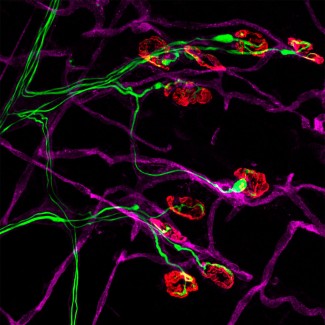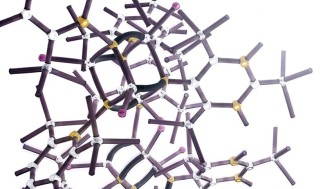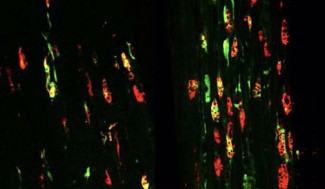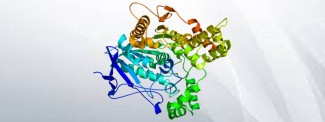While progressive paralysis of the entire muscle is the main characteristic of Charcot’s disease, its course may be very different for different patients.
What are the symptoms, progression, and life expectancy of Charcot's disease?
The symptoms of Amyotrophic Lateral Sclerosis (ALS) or Charcot’s Disease are characterized by complete paralysis of the muscles of the arms, legs and throat, resulting in an inability to walk, eat, talk or even breathe, which is gradually taking hold. Amyotrophic lateral sclerosis (ALS) occurs in adulthood (40-80 years of age) and progresses to complete paralysis and death in 3-5 years, usually from paralysis of the respiratory muscles.
Depending on the location of the affected motor neurons at the onset of the disease, the initial symptoms of Charcot's disease differ:
- In most cases, the disease begins with motor weakness in the upper or lower limbs, known as the spinal form of the disease. Affected limbs may atrophy and become flaccid when the peripheral motoneuron is most affected, or stiff when the central motoneuron is most affected. Most commonly, patients experience cramps and fasciculations (small, brief, diffuse muscle contractions that do not involve joint movement). Muscle weakness begins localized, then worsens and progressively spreads to other areas of the body.
- In about 30% of cases, Charcot’s disease begins with damage to the motoneurons of the brainstem (the bulbar form), and the first manifestation is difficulty in articulation. More often than not, difficulties in swallowing up in the form of false roads are associated with rapid onset. In this form of the disease, there is also an excess of saliva in the mouth and hyperemotion.
- In rare cases (about 10%), the disease may begin with an attack on the musculature of the trunk, involving a so-called drooping head and a difficulty in holding the trunk straight for walking and/or an attack on the first breath.
- In most cases, the disease that begins in one area of the body diffuses to others, so that patients with spinal form may subsequently develop bulbar symptoms or vice versa.
- All patients will develop impaired breathing muscles, causing respiratory failure in the later stages. It is this respiratory failure that will affect the vital prognosis of the patients, leading to their death.
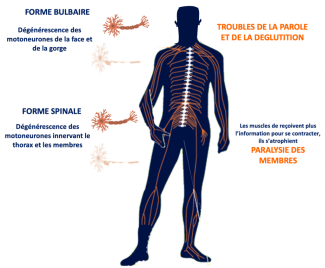
At Paris Brain Institute
Describing the role of immunity in Charcot’s disease
Séverine BOILLEE studies the influence of immune cells (or inflammation cells) on motor neuron degeneration and disease progression. In ALS, inflammation cells are much more present around the motor neuron than in non-diseased subjects. They respond to motoneuron degeneration and are involved in the progression of Charcot's disease. In the brain and spinal cord, motoneurons interact with microglial cells, while in the peripheral nervous system they are in contact with macrophages. These two types of cells will play a dual role: positive, by sending factors that are beneficial to the survival of motoneurons, and negative, via toxic factors that will contribute to their destruction. The work of Séverine BOILLEE and Christian LOBSIGER aims to better understand the role of these cells in the development and progression of Charcot’s disease, in order to identify new therapeutic avenues. The aim is to analyse precisely the different factors emitted by these cells in order to identify those on which to act to slow the progression of the disease.
Early Brain Impairments in Individuals at Risk for ALS
A study promoted by the AP-HP and carried out at Paris Brain Institute at the Pitié-Salpêtrière Hospital by Isabelle LE BER in the team of Alexandra DURR and Giovanni STEVANIN and Olivier COLLIOT, co-team leader with Stanley DURRLEMAN, has shown, for the first time, that asymptomatic individuals at risk of developing fronto-temporal degeneration (FTD) or Amyotrophic Lateral Sclerosis (ALS), who carry the mutation of the cognitive gene 9FOR72, It is important to note that this is not the case. The identification of biomarkers at very early stages is a first step towards the development of tools needed to evaluate new treatments. Indeed, the development of early-stage therapeutics, ideally before the onset of symptoms, requires the development of tools to know when to initiate treatments and to measure their effectiveness.



